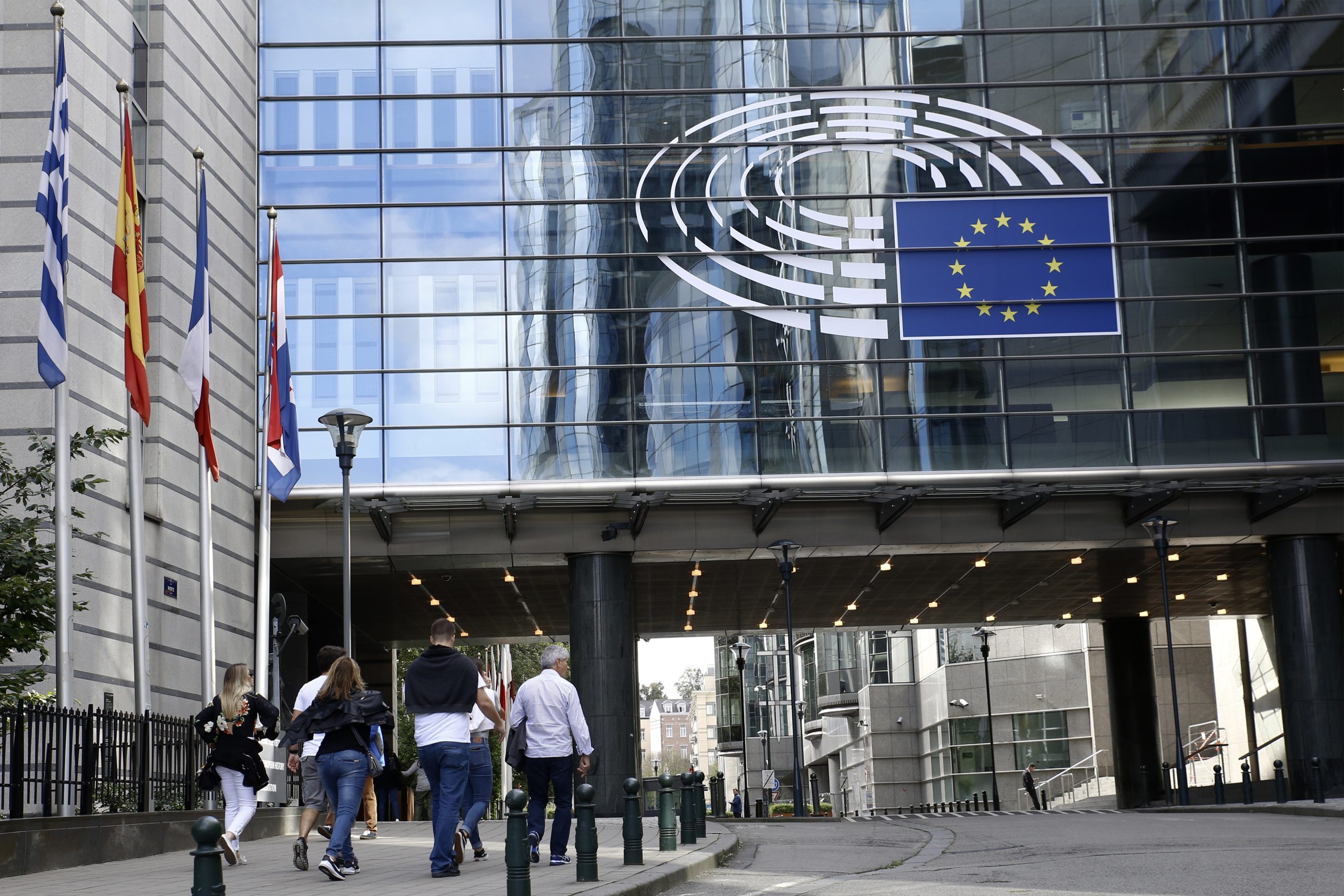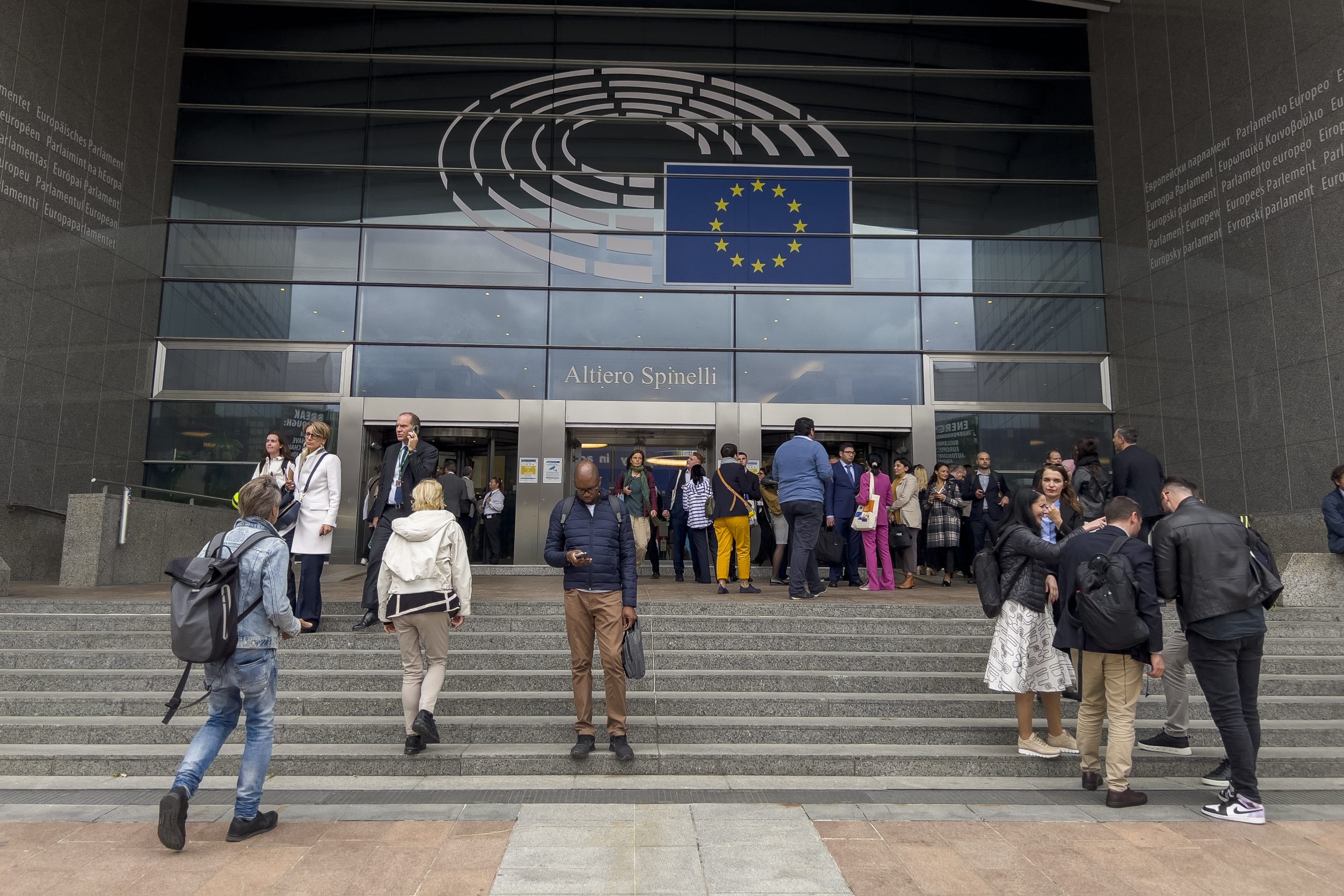Reaching over the Heads of Member States—Reflections on an Earlier Post by Árpád Lapu.
In a previous blogpost, Árpád Lapu wrote about how the European Commission often chooses legal bases for proposals (especially in the framework of the EDAP package) that do not coincide with the main purposes of the proposals, and how the Commission itself compromises the legislative sovereignty of EU Member States. In this post, I would like to reaffirm this position, and also to express my own concerns, in particular with regard to the two legislative proposals mentioned in the previous article, which deal with the regulation of political speech.
The primary type of political communication that is subject to regulation under EU law is advertising for political candidates and issues. Regarding the regulation of political advertising, the Member States of the European Union do not have a common or harmonized approach. In some countries in Europe, political advertisements and commercials are a relatively unrestricted form of public communication. On the other hand, in many other parts of the EU, political advertising is either not permitted at all or is only permitted in the period immediately preceding elections. A Recommendation on measures concerning media coverage of election campaigns was issued by the Committee of Ministers of the Council of Europe in 1999. The purpose of this Recommendation was to ensure that Member States establish a framework for media coverage of elections that is based on the principles of fairness, balance, and impartiality and that contributes to free and democratic elections. The recommendation stated that in cases where paid political advertising is permitted, Member States should ensure that all political candidates and parties are treated equally and without discrimination, as well as that the public is properly informed regarding whether or not a particular message is paid political advertising. The provisions of the previous Recommendation were reaffirmed in the updated version of the Recommendation in 2007, which also included the addition of a provision stating that Member States should apply the principles and rules on “fair, balanced, and impartial” media to non-linear audiovisual media services provided by public service media. In 2017, the regulation of online political advertising was brought back to the forefront when the Parliamentary Assembly of the Council of Europe voted on a resolution on the challenges and accountability of online media, and when the Council of Europe published a comprehensive report on information disorder. Both of these events occurred simultaneously.
In the previous blog post, we already introduced the European Democracy Action Plan, which touches on several points concerning political campaigns and political speech in general. The first part of the Action Plan aims to promote free and fair elections, as part of which the Commission aims to preserve fair elections and open democratic debate and to adapt democratic safeguards to the specificities of the new digital age, not only for EU elections but for all national elections. In this context, the Commission has presented a draft regulation on transparency in political advertising at the end of 2021. The aim of the proposal is twofold: to contribute to the proper functioning of the internal market for political advertising and related services and to protect persons with regard to the processing of their personal data.
The purpose of the proposal is, as stated, to improve transparency and accountability within political advertising in the EU. As a consequence of this, it establishes separate responsibilities for the various stakeholders in the advertising value chain. These stakeholders include political advertisers, political advertising service providers, online platforms, and competent authorities. Under the terms of the proposal, political advertisements are defined as any form of advertising that is prepared, placed, promoted, published, or disseminated in any way for the benefit of or on behalf of a political actor (with the exception of ads that are of a purely private or purely commercial nature), and which has the potential to influence the outcome of an election or referendum, a legislative or regulatory process, or voting behavior. A “political advertisement” is used to refer to a single instance of political advertising for the purposes of this article. On the other hand, “political advertising campaigns” are used to refer to the planning, execution, and dissemination of a number of interconnected advertisements as part of a single contract for political advertising and share a common origin, sponsor, and/or budget. The proposal places an emphasis on the significance of any service that is associated with the placement, publication, or distribution of a political message, regardless of whether or not that service is compensated.
In particular, the draft establishes requirements for the reporting of potentially infringing political advertisements as well as the identification, retention, and transmission of specific data pertaining to advertisers and advertisements. The microtargeting and artificial amplification of political advertising is an additional important aspect of the proposed Regulation. This aspect of the Regulation would make it mandatory for political advertisers and services that facilitate political advertising to comply with certain data protection conditions. In the proposed Regulation, it is stated that “techniques that are used either to address a tailored political advertisement only to a specific person or group of persons or to increase the circulation, reach, or visibility of a political advertisement” are considered “targeting and amplification methods.”
The European Media Freedom Act (EMFA) was adopted as a draft regulation by the European Commission on September 16th, 2022. Its purpose is to limit governmental and nongovernmental interference in the media. The proposal seeks to establish a coordinated effort at the European Union level to ensure that autonomous national authorities adopt a uniform approach in evaluating media market concentrations with regard to the principles of media pluralism and media independence. The objective of the proposal is to enhance the safeguarding of European Union (EU) citizens and businesses against unlawful and detrimental content, as well as services from non-EU countries that fail to adhere to EU media standards. Additionally, it seeks to foster the delivery of high-quality media services by mitigating the potential for both state and private intervention that could compromise editorial independence. The objective of the proposal is to enhance the autonomy of journalists and editors by ensuring their ability to carry out their work without any form of obstruction, particularly in safeguarding the confidentiality of their sources.
The legal foundation of the draft regulation raises significant doubts. The draft legislation encompasses various aspects of the media industry, including regulations pertaining to media concentration, the functioning of public service media, state advertising, and the authority of EU entities. These regulatory components can be seen as instances of direct intervention in the operations of the media system within each Member State. The regulation of a pluralistic media system and the safeguarding of media pluralism primarily fall within the purview of the Member States. Naturally, these issues may also have implications for the European Union market; however, this factor alone should not serve as a sufficient foundation for a broad expansion of media regulation at the EU level.
One of the numerous contentious elements of the draft pertains to the establishment of a transparent and fair distribution of public resources in relation to state advertising. The proposal asserts its objective of establishing transparency and equity in the allocation of state advertising to media outlets, with the aim of reducing the potential for misappropriation of public funds. Consequently, it also seeks to foster equitable competition within the domestic media market. According to Article 2 (15) of the EMFA, state advertising is characterized as the act of placing, publishing, or disseminating a promotional or self-promotional message in any media service. This is typically done in exchange for payment or other forms of consideration. State advertising is conducted by or on behalf of national or regional public authorities, including national, federal, or regional governments, regulatory bodies, state-owned enterprises, state-controlled entities at the national or regional level, or local governments of territorial entities with a population exceeding 1 million inhabitants. The draft document outlines that the allocation of public funds or any other form of support provided by public authorities to media service providers for advertising purposes should be based on transparent, objective, proportionate, and non-discriminatory criteria.
Both of these suggestions are obviously geared toward helping worthy causes, which is something that is absolutely necessary in a democratic society. The laws of the majority of the member states, including Hungary’s, are nearly identical to those outlined in these regulations, which means that they are in compliance. The fundamental issue is with the structure and manner in which the legislation is enacted. In point of fact, over the past few months, the Commission has been working toward the adoption of an increasing amount of legislation at the Regulation level. These two pieces of legislation deal, in essence, with issues that have traditionally fallen under the purview of the Member States. However, they do so by employing direct instruments that circumvent the authority of the national legislators. This violates the principles of subsidiarity and national sovereignty, and it is abundantly clear that the intention of the EU legislator was rather to establish a common regulatory framework for the media across Europe. The provisions on media concentration provide additional evidence that the EU is exceeding the powers that the Treaties have granted it in order to regulate media markets, which would normally fall under the purview of the individual member states. The majority of the draft’s principle guarantees can be supported; however, a directive would be the appropriate legal instrument to recognize them because it was written specifically for that purpose. The freedom of the media, the regulation of public service media, and the allocation of public resources have always been the responsibility of the Member States, as there are many cultural and social specificities within the EU, which must all be taken into account when making such rules. Political advertisements and campaigns are also very specific phenomena with linguistic, cultural, and historical characteristics, which vary enormously between Member States. If the aim is to establish a common minimum in this area, a directive would be the appropriate legal instrument, as an EU regulation would very much tie the hands of national legislators and limit the possibilities for regulating the means of campaigning in their own countries.
János Tamás Papp JD, PhD is an assistant professor at Pázmány Péter Catholic University, Hungary, and a legal expert at the Department of Online Platforms of the National Media and Infocommunications Authority of Hungary. He has taught civil and constitutional law since 2015 and became a founding member of the Media Law Research Group of the Department of Private Law. He earned his JD and PhD in Law at the Faculty of Law and Political Sciences of the Pázmány Péter Catholic University. His main research fields are freedom of speech, media law, and issues related to freedom of expression on online platforms. He has a number of publications regarding social media and the law, including a book titled „Regulation of Social Media Platforms in Protection of Democratic Discourses”.








